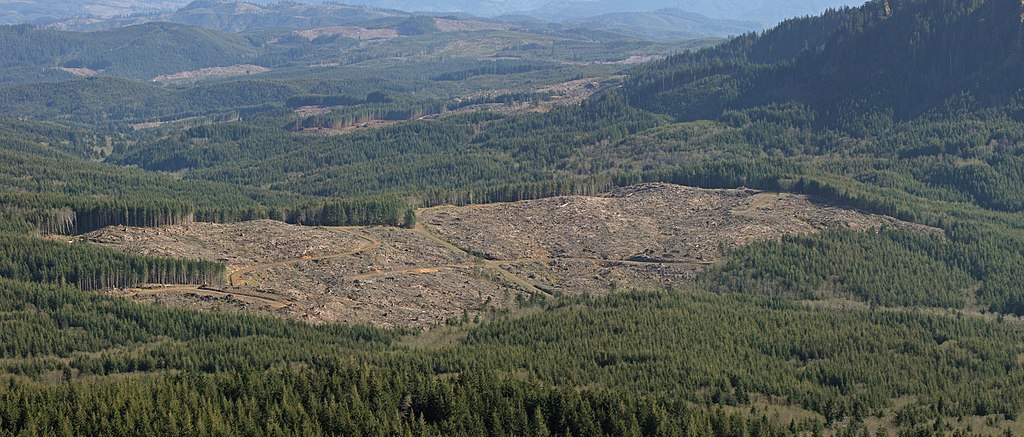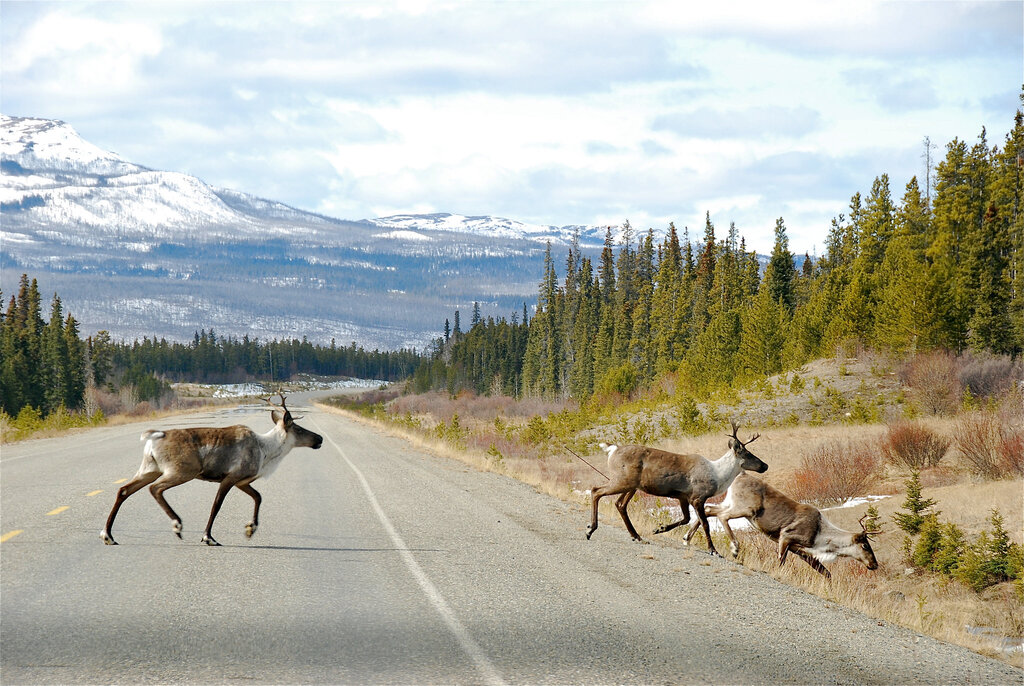Habitat fragmentation, which greatly affects the livelihoods of wild animals, is a major neglected environmental issue, since scientific research on this phenomenon started relatively late. What are the main causes behind it and how does habitat fragmentation affect biodiversity?
—
What is Habitat Fragmentation?
Interestingly, there is no scientific consensus on the definition of habitat fragmentation. Many terms in ecology are sometimes used interchangeably yet in some cases, they can be incompatible depending on the authors’ preferences. For example, some scientists suggest that habitat fragmentation should be distinguished from habitat isolation, a situation in which species that can interbreed do not do so because they live in different habitats due to a variety of reasons. On the other hand, some scientists use habitat isolation as a measure of habitat fragmentation and have a fault-tolerance on the reasons for the isolation. However, most can agree that habitat fragmentation is used to describe the process during which “a large expanse of habitat is transformed into several smaller patches of smaller total area, isolated from each other by a matrix of habitats unlike the original.”
Habitat Fragmentation Causes
Habitat fragmentation can occur from natural processes like natural disasters. Events such as river floods can create a natural boundary, preventing animals from crossing from one side to other.
However, rates of habitat fragmentation have grown rapidly primarily due to human activities such as deforestation. Due to our growing demand for food and material goods, we source wood by logging and converting land for livestock and agricultural purposes. While most forest harvesting today is well-regulated with many companies adopting sustainable logging practises such as clearcutting and manually planting seedlings, these practises can still have a negative impact on the environment. Even the smallest habitat fragmentation can affect biodiversity.
Other human activities such as urban and road development are also on the rise, which divides habitats into many parts, as well as increasing the risk of wildlife-vehicle collisions when animals cross the road for food and mating.

So How is Habitat Fragmentation Related to Biodiversity Loss?
Scientists often find it difficult to quantify the effects of habitat fragmentation on biodiversity loss because in most cases, fragmentation occurs simultaneously with habitat loss, which is, by definition, a decrease in the amount of habitat.
Habitat loss can occur due to a number of reasons, including human-related or natural causes, which destroy or degrade the habitat. Habitat fragmentation is only one of the consequences, making it hard for experts to determine to which phenomenon a particular effect shall be attributed. But to understand how does habitat fragmentation affect biodiversity, which is less apparent than habitat loss, we must first understand the latter before we can differentiate the effects between the two.
You might also like: How Could the Loss of Biodiversity Affect Humans?
Effects of Habitat Loss
Shrinking habitats means a lower survival rate for animals given that a smaller size of land possesses less food for them, as well as increasing the rate of competition with other species. But aside from this salient effect, there are other effects that come with habitat loss; it was discovered that the phenomenon may trigger some biological mechanisms of certain animals.
Studies attempting to correlate the number of animals with the size of the habitat have found that a lower percentage of forest cover results in a lower percentage of reproductive success of some bird species. This could be due to birds having higher chronic stress when living in a habitat with little forest cover, and adapting to larger inter-patch distance. In addition, some bird species like owls living in such stressful environments tend to spend more time perching, maintaining smaller home ranges, provisioning their nests less frequently, and having fewer offspring. Together, all these factors have a profound impact not only on the environment, but also on all animals, physically and psychologically, which ultimately contributes to extinction of species.
Effects of Habitat Fragmentation
The biggest impact that habitat fragmentation can bring about is what is known as the edge effect. A habitat with more edges will increase the likelihood of animals leaving the habitat and entering a landscape that is outside their typical habitats and habitats they are necessarily able to adapt to.
The edge effect increases the mortality rate of animals due to either the lack of food in the area or poses a higher chance of animals being hunted by other predators. For instance, the mountain caribou has become one of the most endangered species in North America. As a result of habitat fragmentation, predation on caribou by wolves climbed, facilitated by an open space. However, this event does not solely impact the mountain caribou, but wolves’ skill of predation will be greatly weakened due to easier prey.
Another negative effect of habitat fragmentation is the decline of genetic diversity. It is shown that genetic diversity reduces significantly in small and isolated populations since genetic drift occurs at a faster pace.
Let’s assume each type of variant of a gene has an equal chance of being passed to the offspring. However, one particular variant passed more than the other variants. If this happens in a small population, this variant will likely outnumber others after a few generations, which leads to genetic uniformity. Naturally, the reason that a particular variant of a gene outnumbers others is due to natural selection, when the variant is more adaptive in the environment. For example, a fish with bright coloration is more likely to be predated; the variant of a gene that generates dark coloration therefore outnumbers the others.
Nevertheless, in a small population, gene variant selection mostly occurs by chance. When the choice of mate is limited, the adaptive potential is hence reduced. What’s more, genetic uniformity will ultimately lead to inbreeding if there is no proper intervention such as translocation is made. In 2017, a study was conducted on the endangered Australian fish, the Macquarie perch. Some small populations of the Macquarie perch will face inbreeding depression within a few decades because of habitat fragmentation. These factors are all threatening the survivability of different species.




















